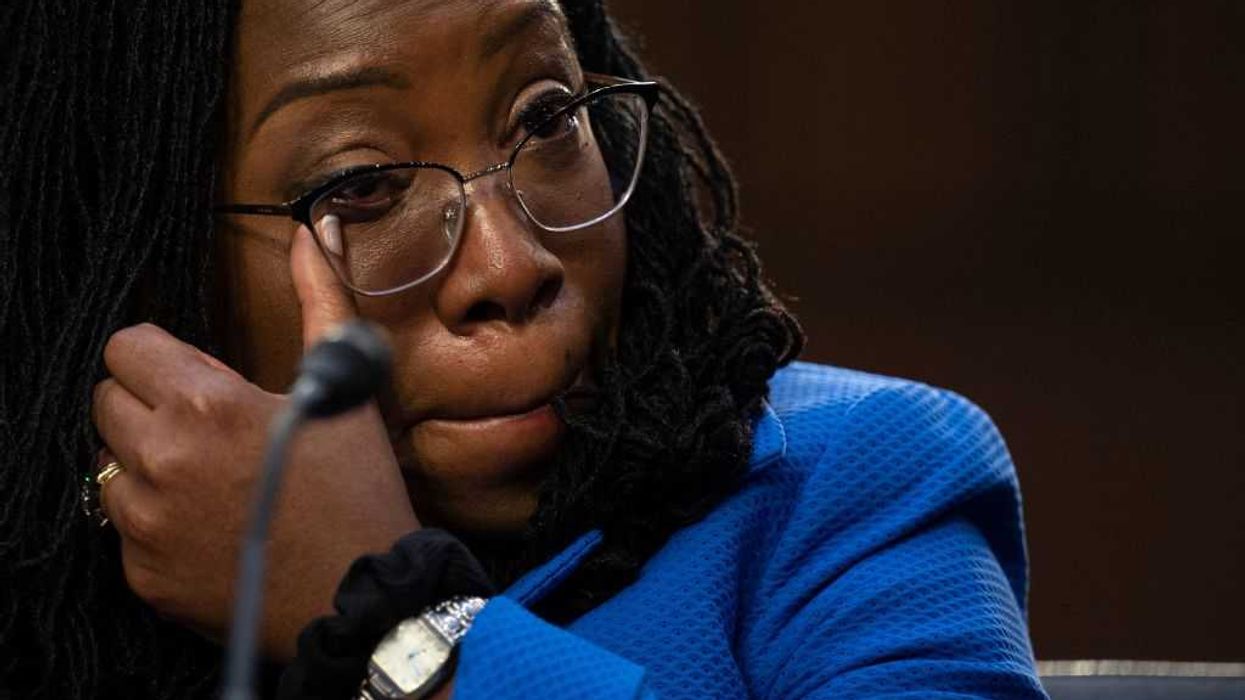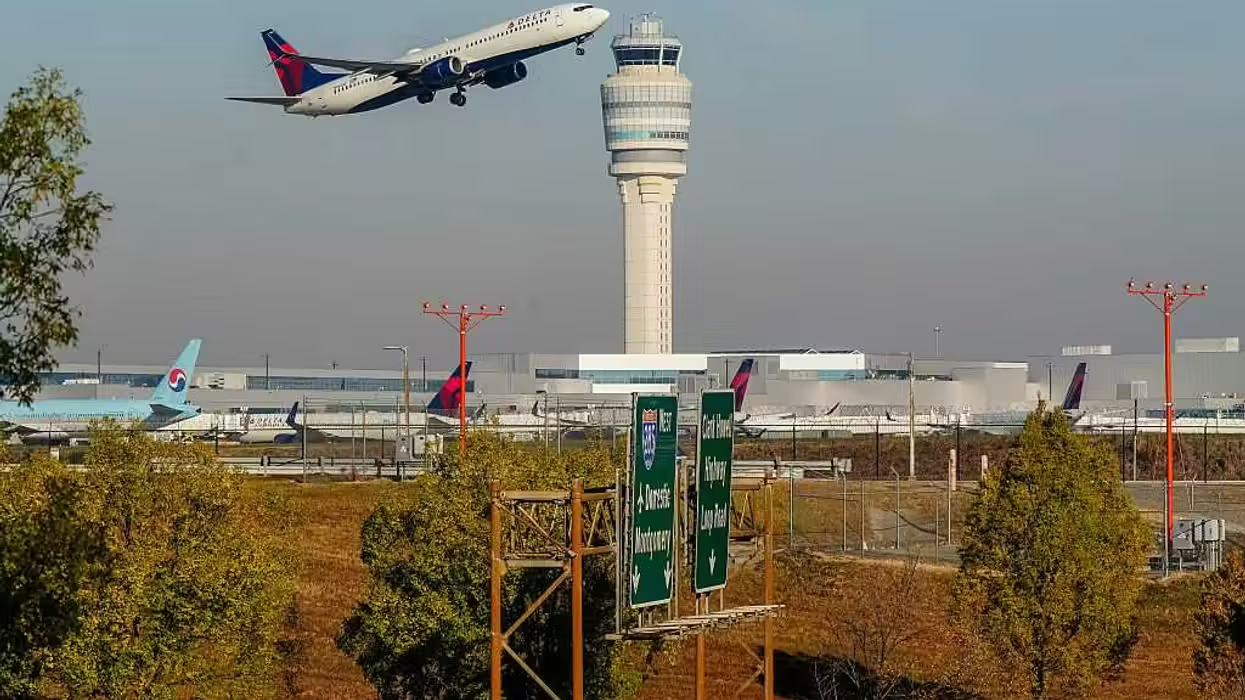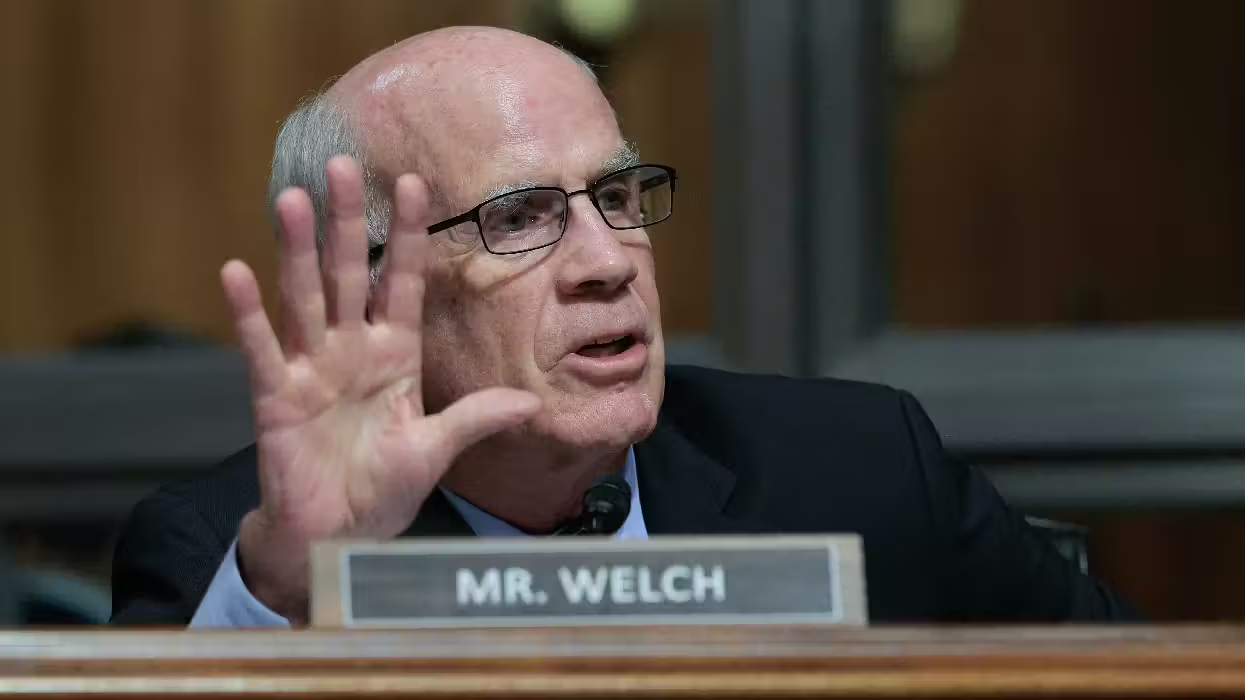Expanded Medicaid under Obamacare could be responsible for more people signing up for food stamps, the Associated Press reported.
That’s because so many state agencies are making it simpler to enroll in multiple government assistance programs at once if they are eligible for Medicaid.
In New Mexico, enrollment for Supplemental Nutrition Assistance Program, better known as food stamps, grew by 5 percent in 14 months.
 John Moore/Getty Images
John Moore/Getty Images
“We attribute the increase in SNAP to Medicaid expansion,” New Mexico Human Services Department Deputy Secretary Sean Pearson told the AP. “When folks go online now, they have the ability to apply for multiple programs in a single session.”
Overall food stamp use declined from 2013 to 2014 nationally, but increased in 11 states – most of which streamlined the enrollment process under Medicaid expansion. And it could become costly, the AP reported.
The average food stamp payment is $125.35 per month. For the 632,000 new food stamp users in the 11 states, that would be another $79 million cost to the taxpayers.
The AP noted that it can't be definitively determined whether the entire increase is a result the Affordable Care Act, better known as Obamcare.
In most states the increase was between 1 percent and 6 percent over the last two years. However, in Nevada, food stamp enrollment increased by 14 percent.
In Illinois, food stamp enrollment jumped 2.5 percent to 2.08 million since 2013, during a time when the state’s unemployment rate fell from 9.1 percent to 6.2 percent.
In West Virginia, the 4 percent increase came because people were “more engaged with our systems and more aware what they’re eligible for,” Jeremiah Samples, of the West Virginia Department of Health and Human Resources, told the AP.
After Obamacare, 29 states expanded Medicaid, 16 states oppose expansion and five are still debating.

 John Moore/Getty Images
John Moore/Getty Images





